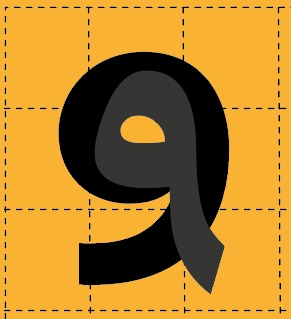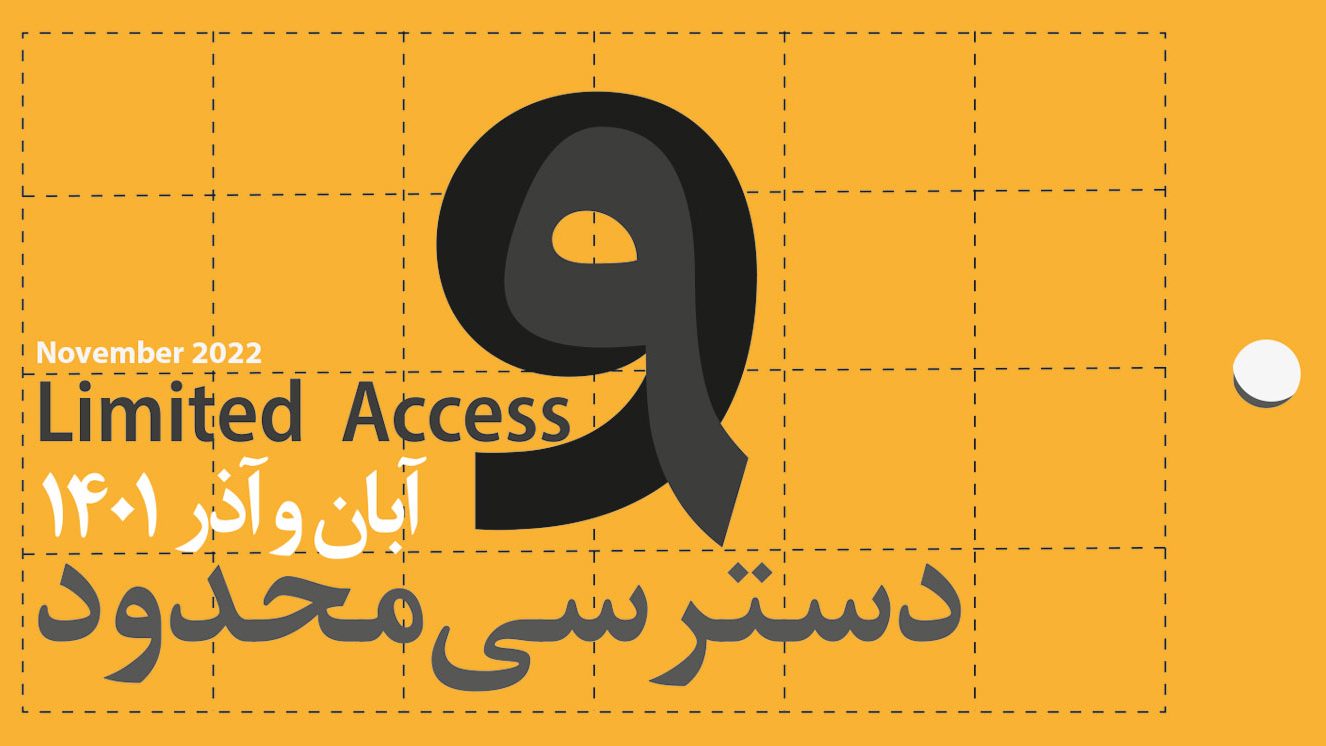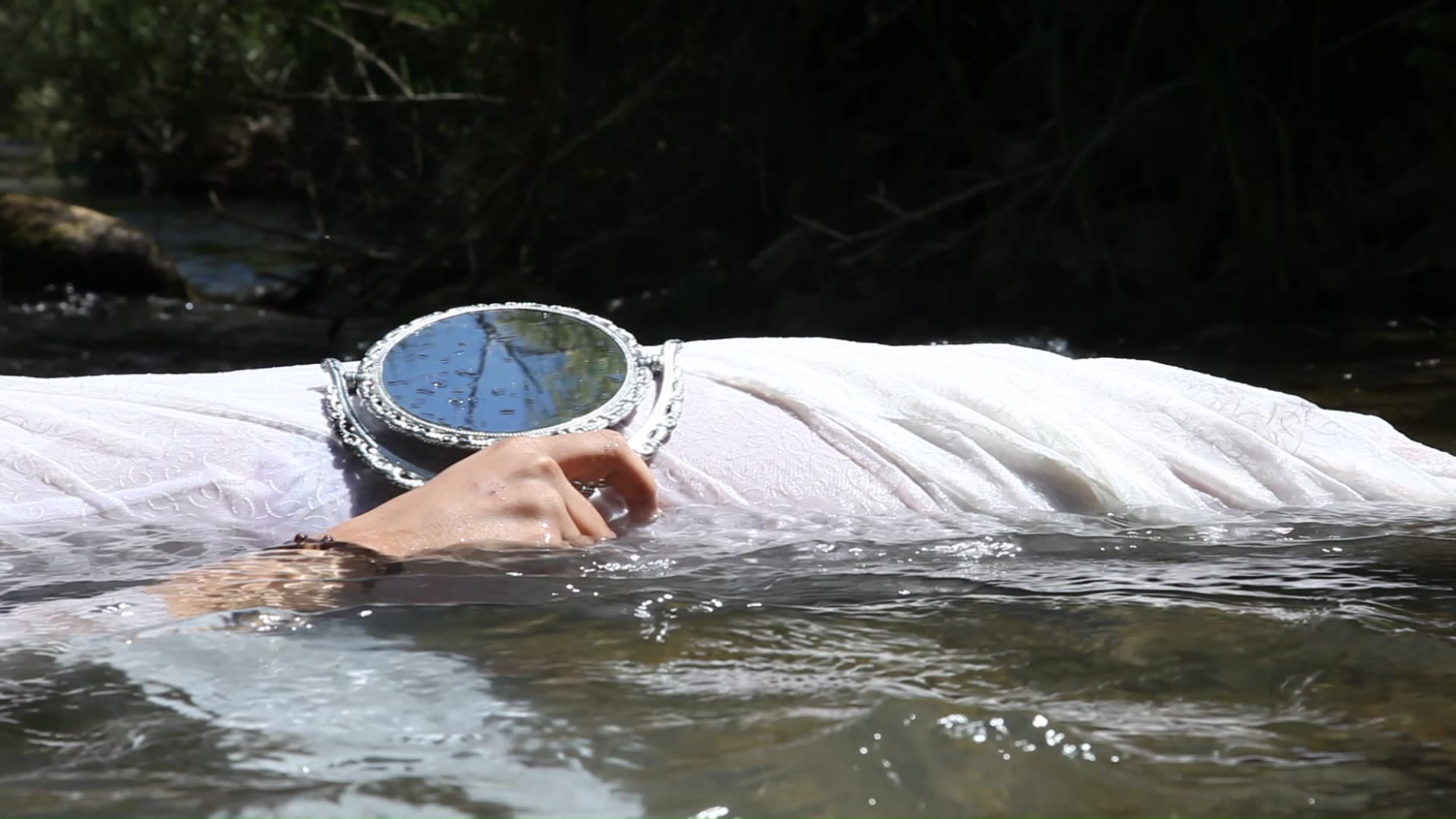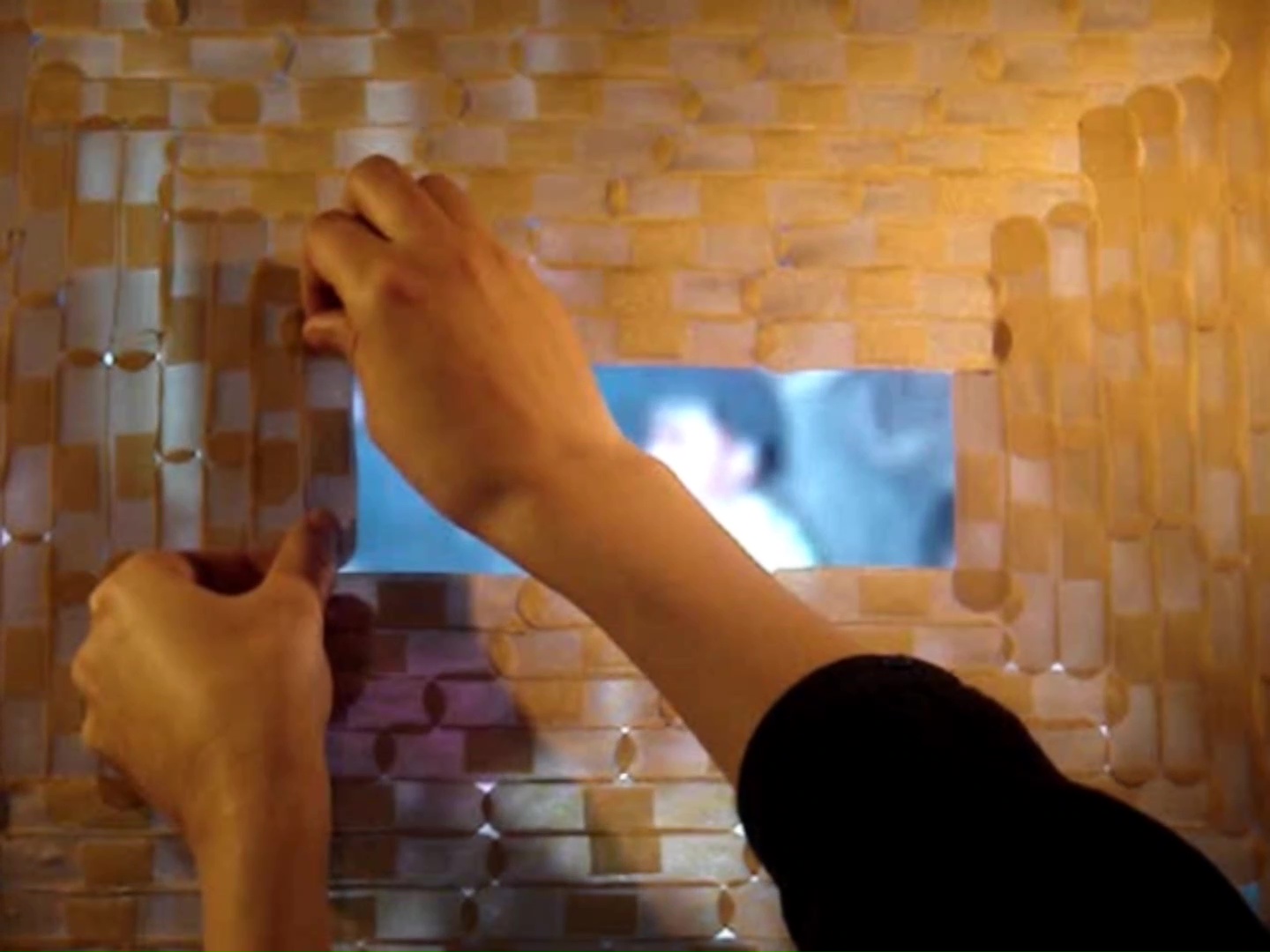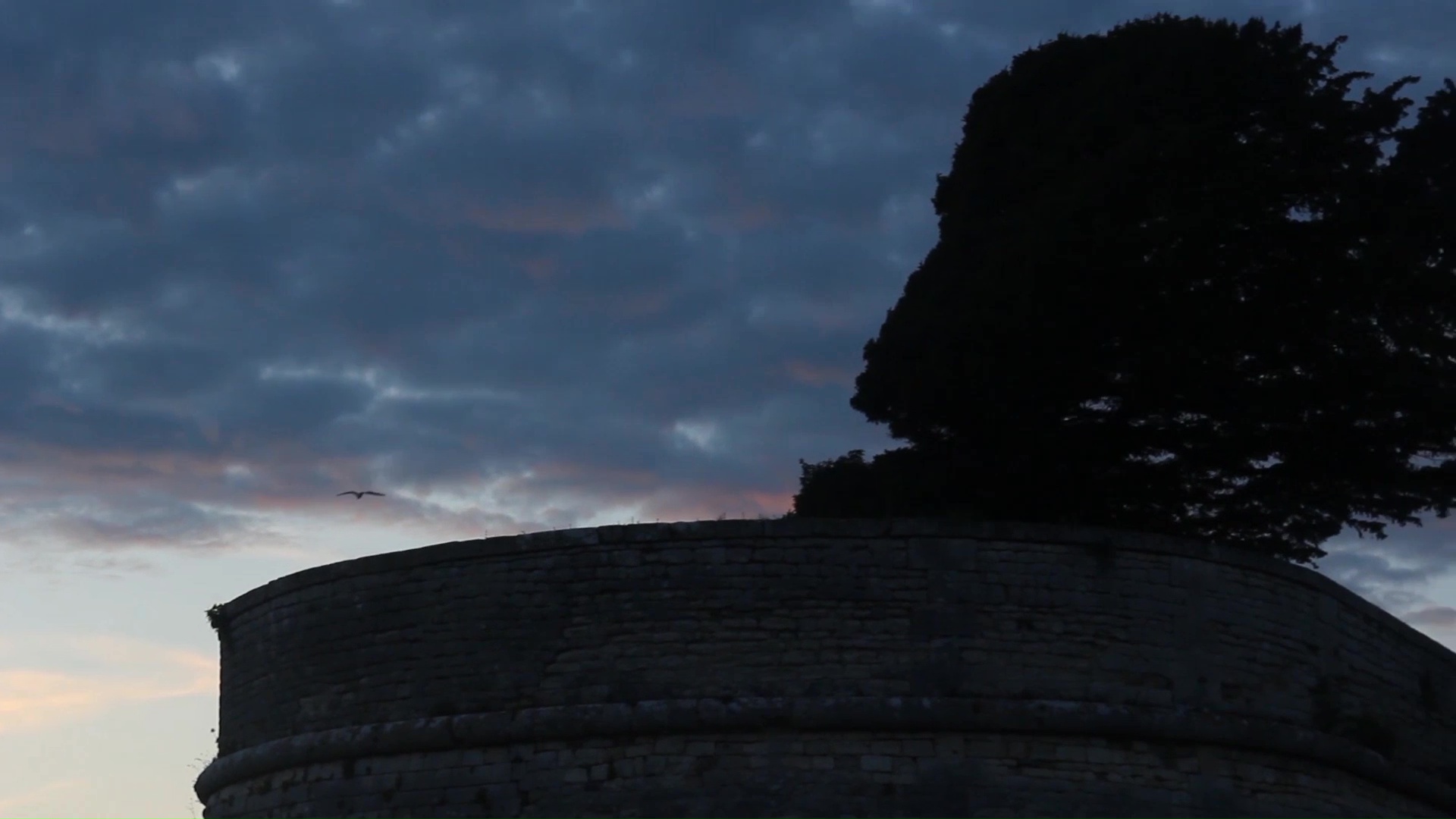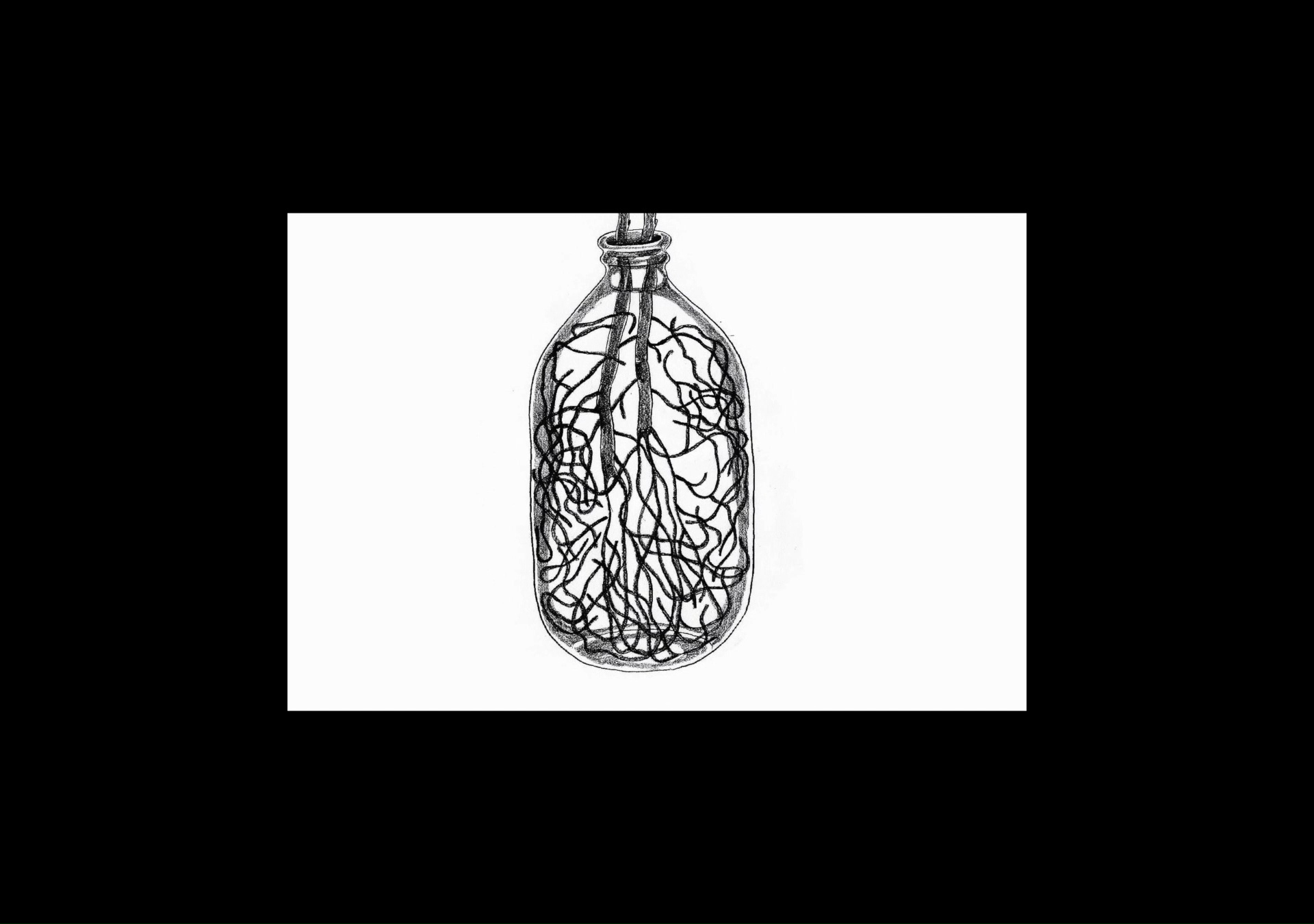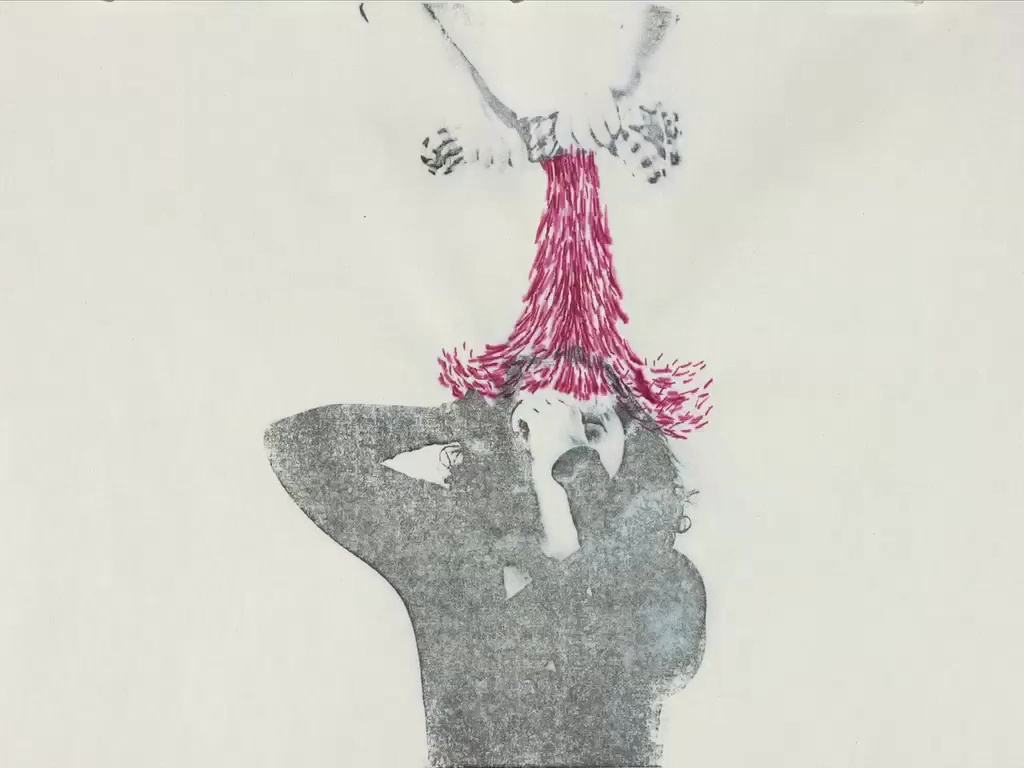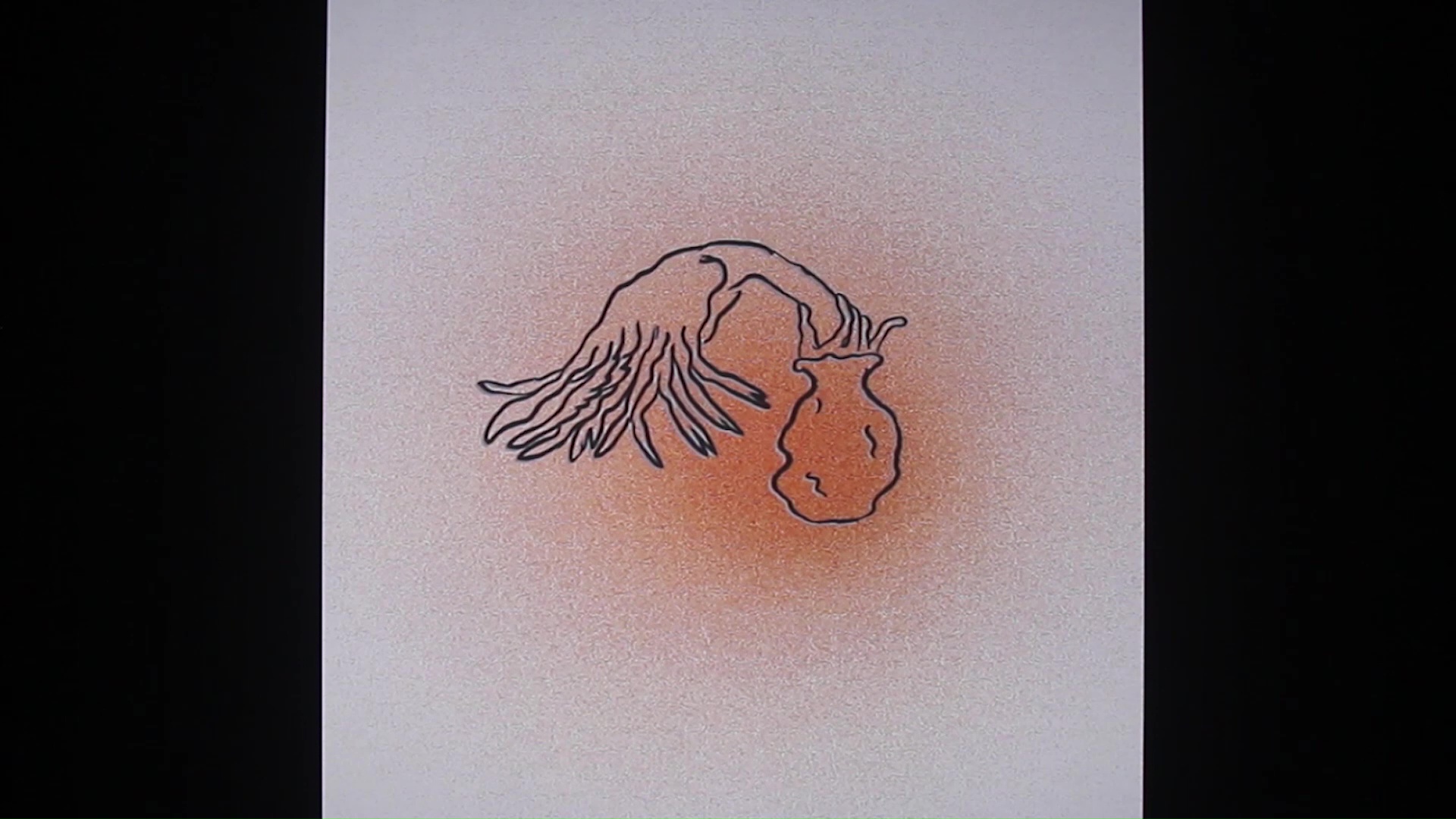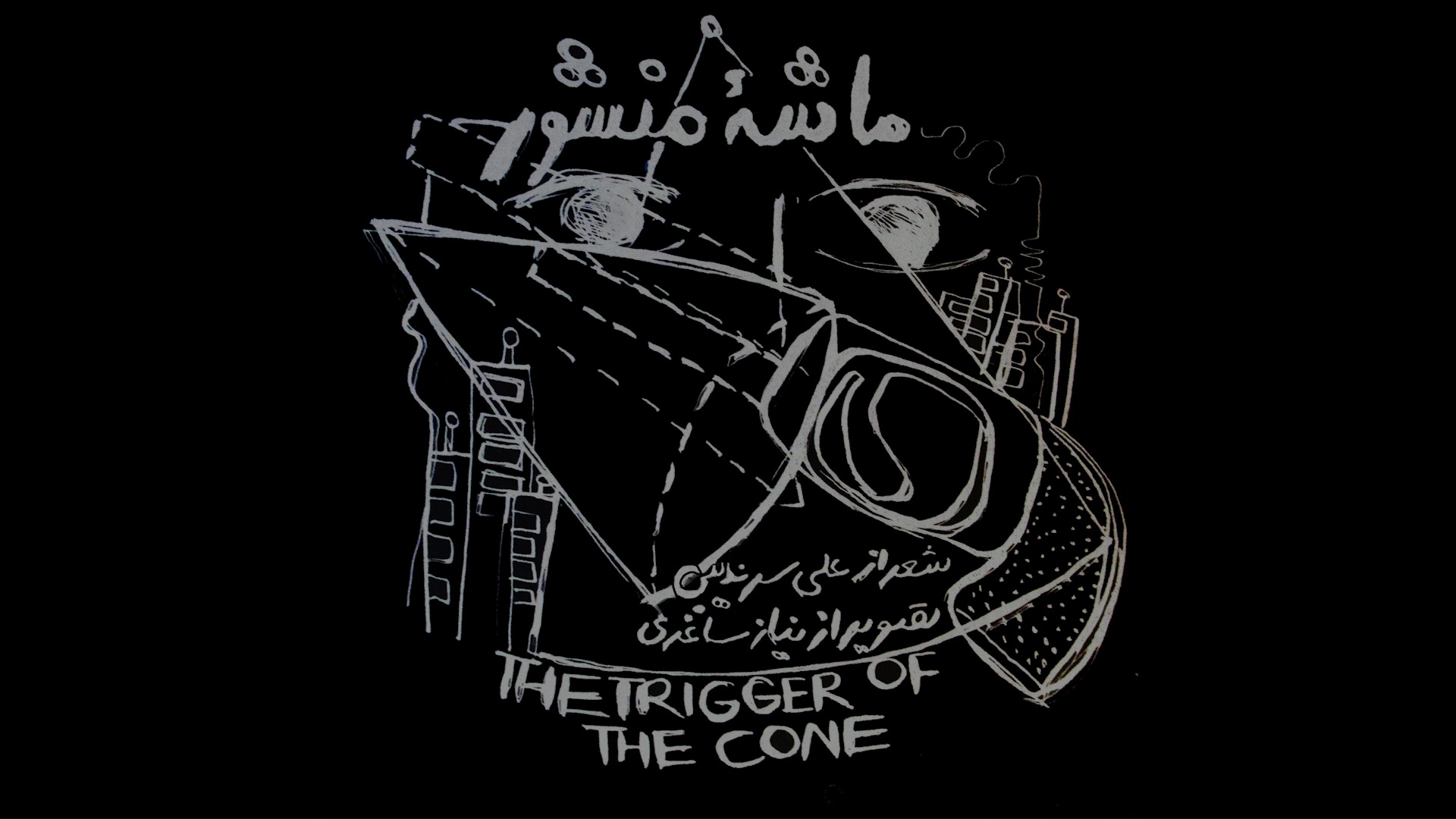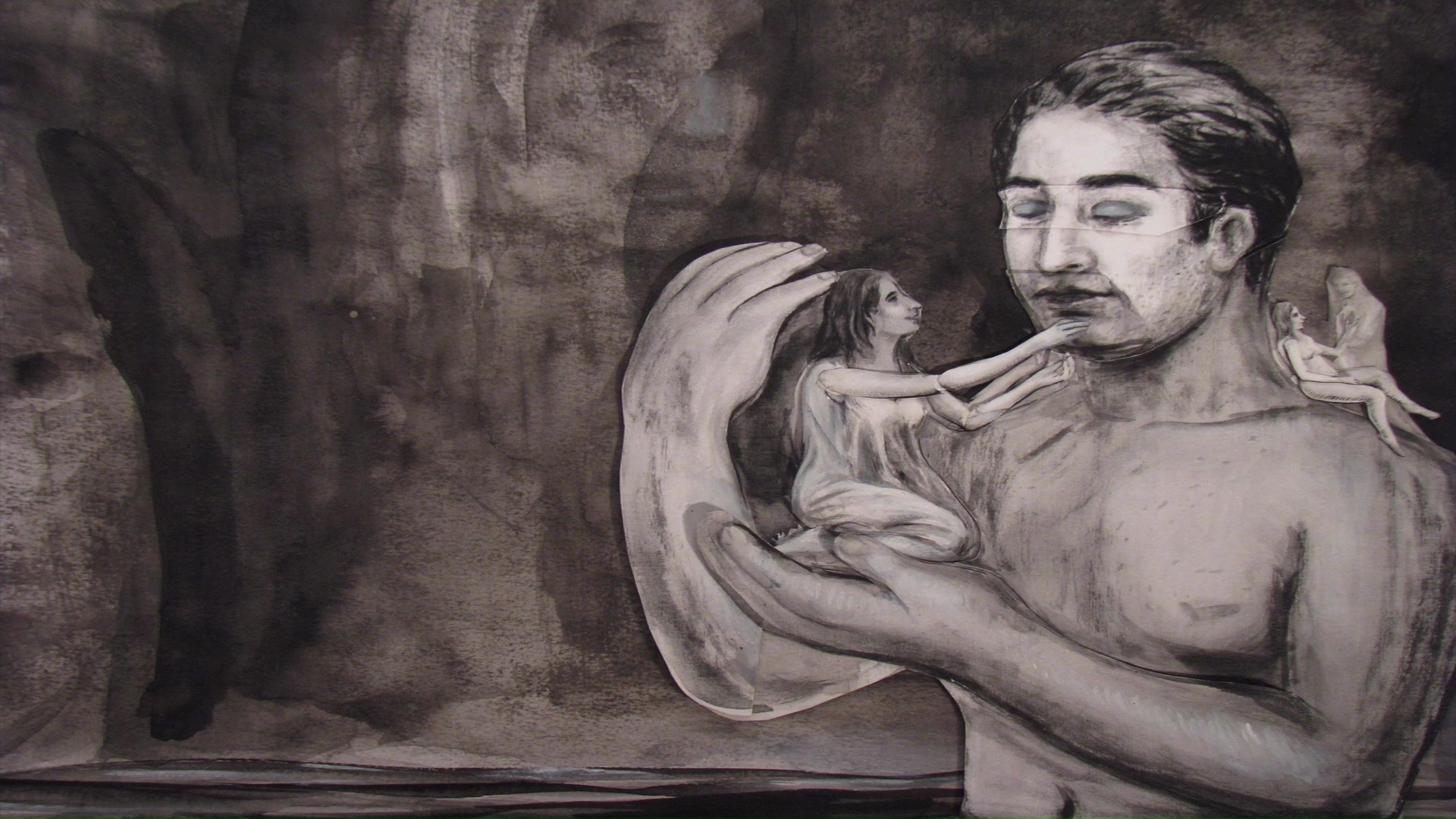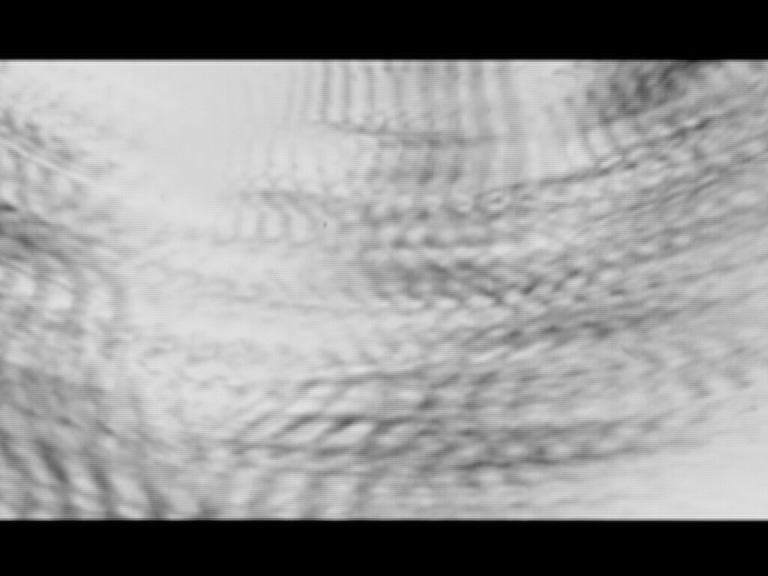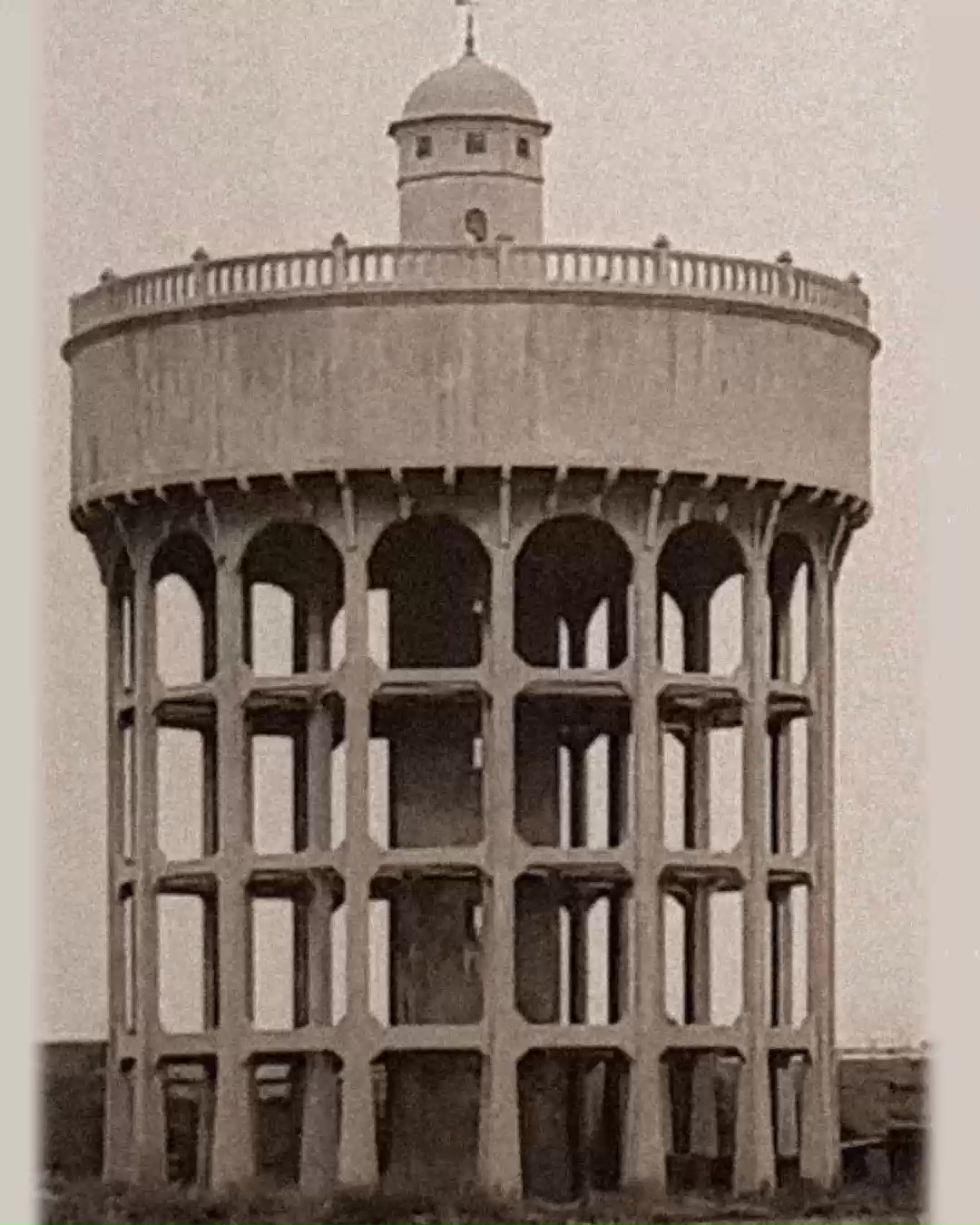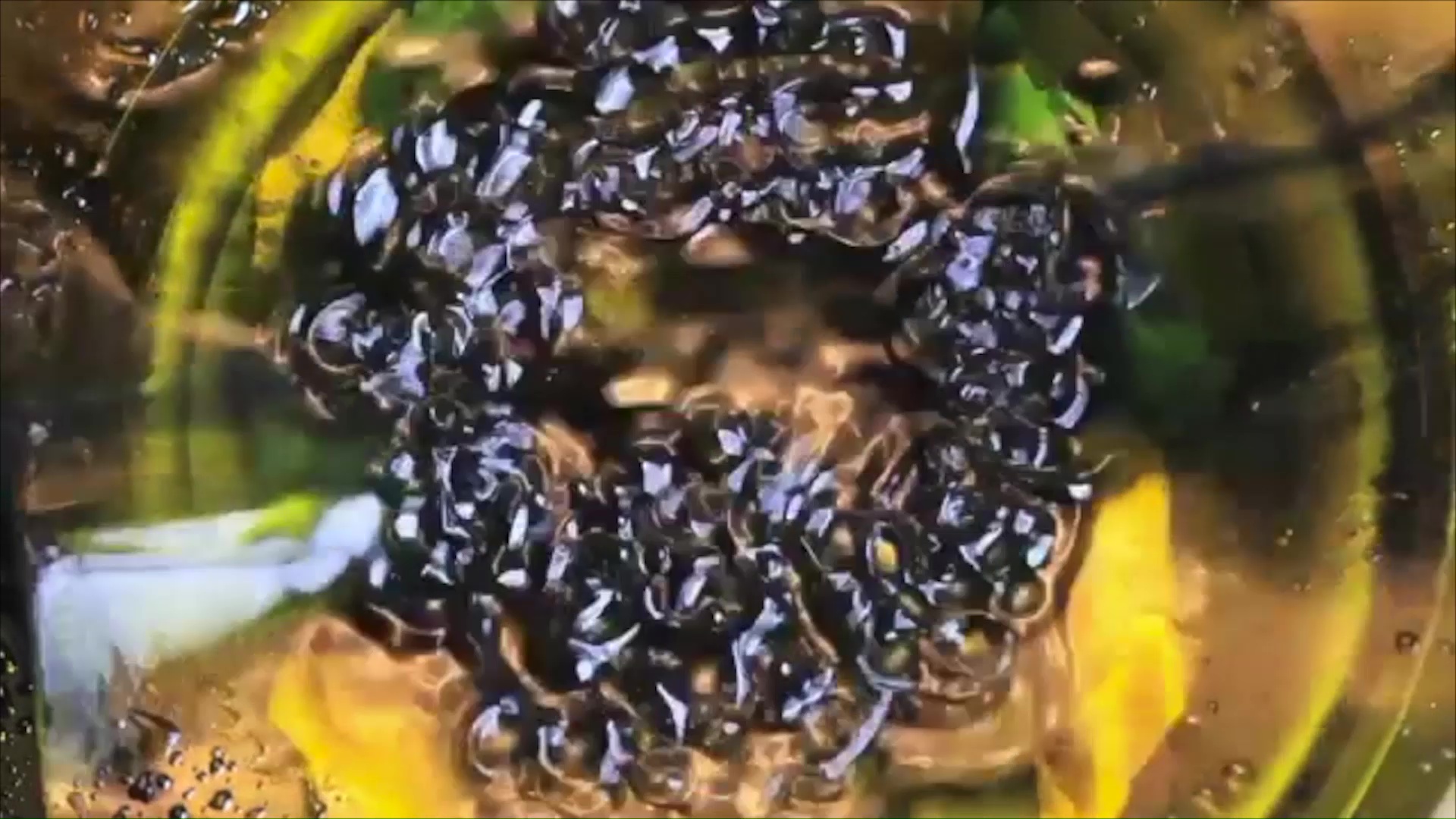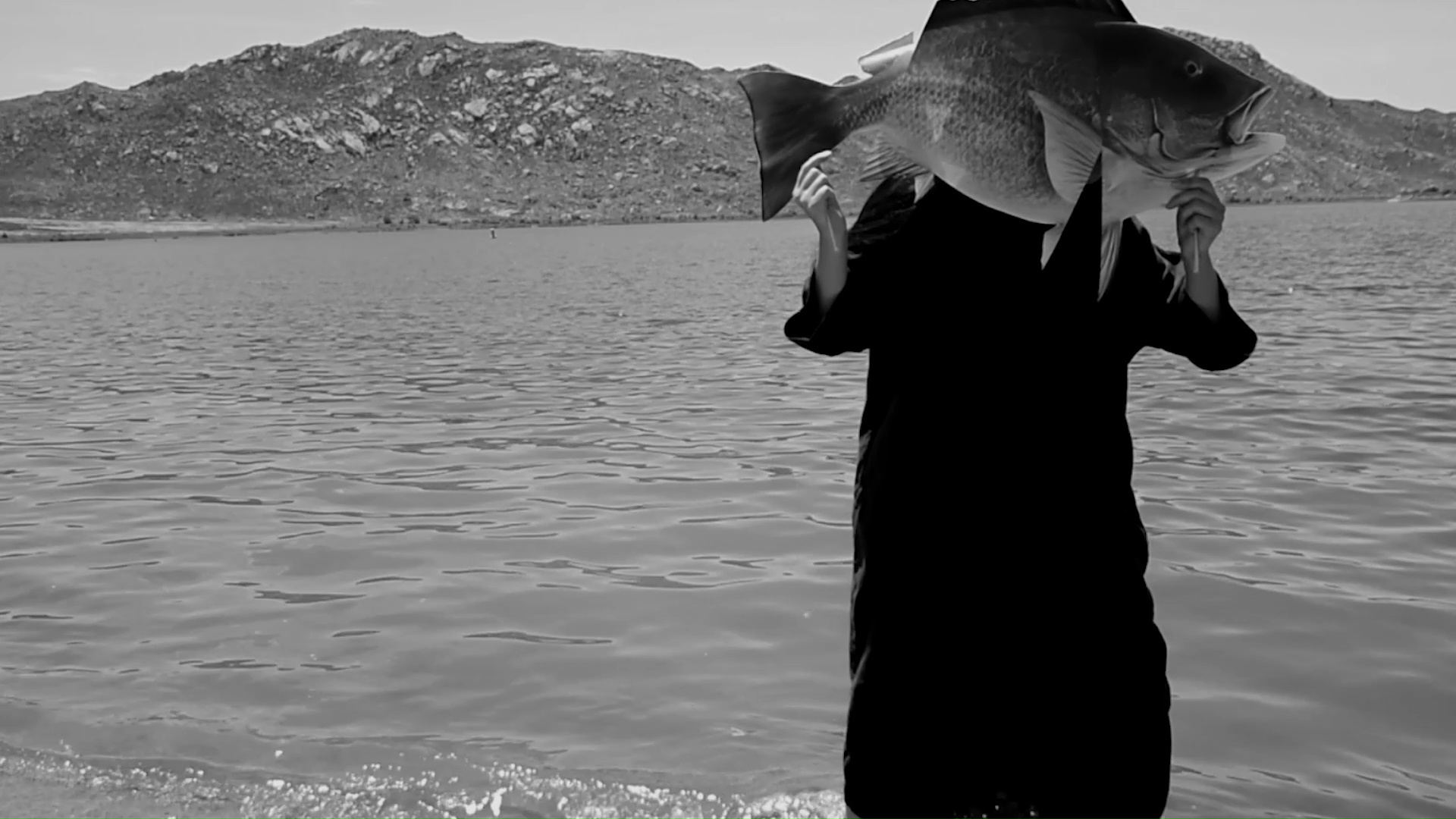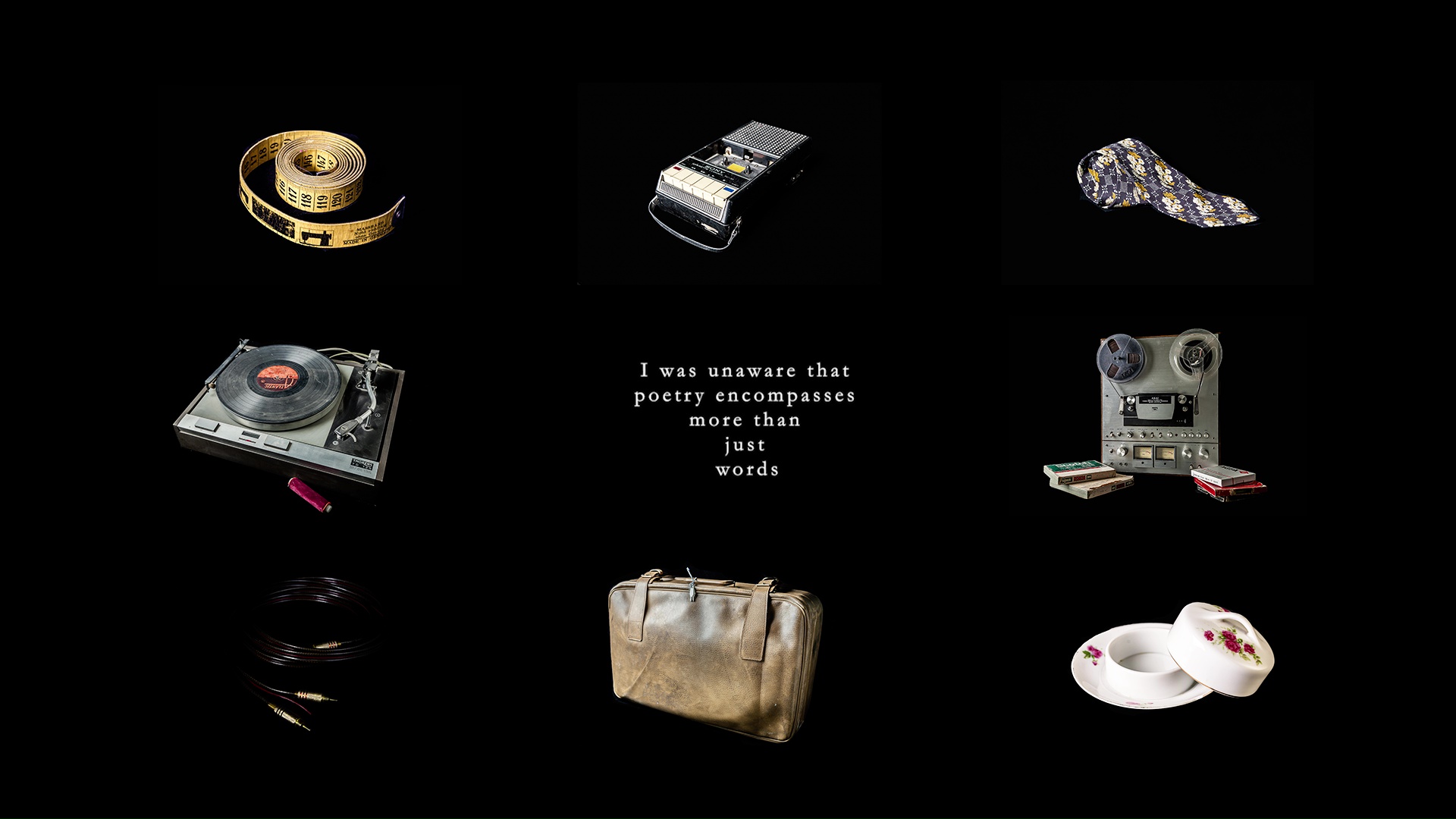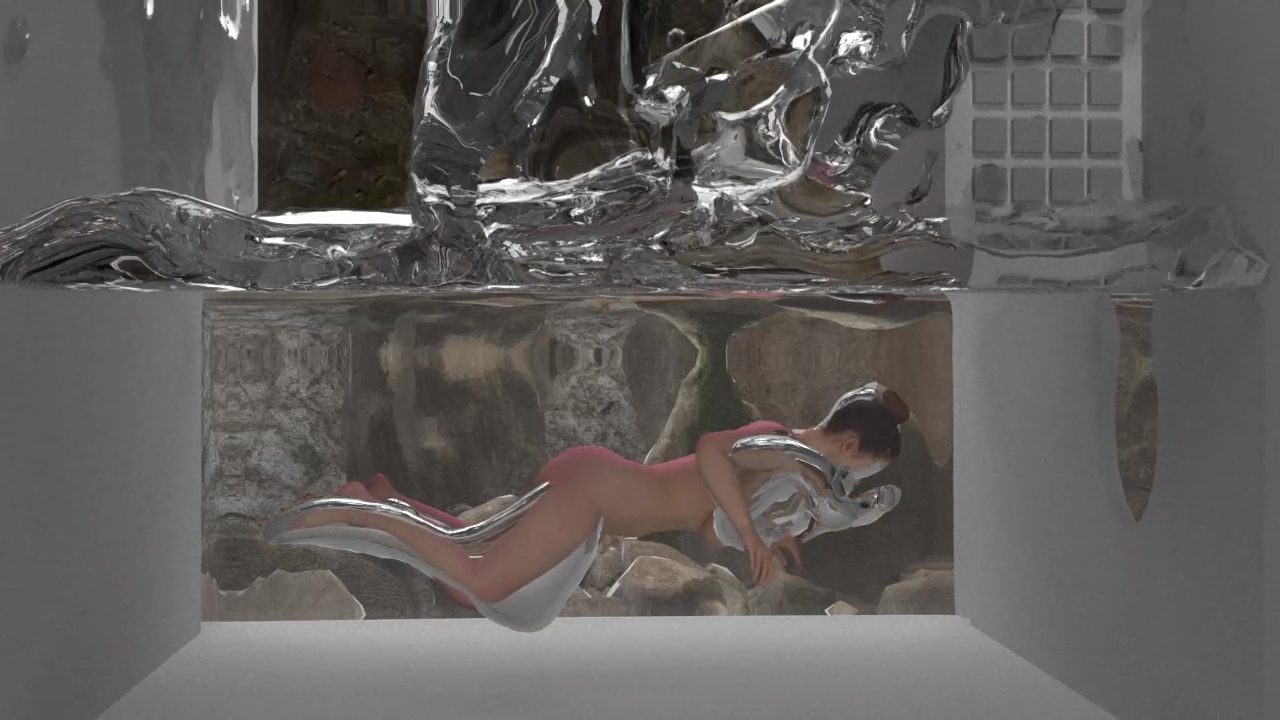Moving Images from Parking Video Library in Collaboration with Limited Access Festival – Tehran
Curated by Amirali Ghasemi & Bahar Ahmadifard
With:
Bahar Ahmadifard | Choupan Atashi | Shilan Borhani | Mansoore Ghasemi | Nebras Hoveizavi | Mahoor Mirshakkak | Payam Mofidi | Golnaz Moghaddam | Vahid Mohammadi and Sasan Bakhsheshi | Mina Mohseni | Siavash Naghshbandi | Niyaz Saghari | Bahar Samadi | Morteza Soorani | Toktam Tajafari Sahebi| Simin Yaqubi
The program juxtaposes dark humor with visual and textual poetry, using water as a metaphor. It takes us on a journey towards Marseille, a city on the Mediterranean, where words sometimes become heavy when soaked in water and sink into the deep sea. Some words, however, float like bubbles, making us think and smile, while others simply move along before our eyes. Meanwhile, we witness the environment changing rapidly and our world rolling into an irreversible state of catastrophe.
Water was a rare and sacred resource in ancient Persia, and as such, the Persian language is rich in proverbs, sayings, and stories that deal with it. Natural springs, underground water reservoirs, seas, lakes, and oceans characterized the region’s geography. The program’s works are connected to the Kariz (Qanat) system, used to transport underground water in ancient and modern Iran before the current water crisis. These different-looking visual journeys, real and abstract, are somehow interconnected. Although it may not be apparent to the naked eye, a familiar pattern may emerge from a bird’s eye view.
“Kariz, Dark, Wet, and Moving” is an exhibition that showcases animation, video, and experimental films. These artworks were carefully selected from the joint archive of the Limited Access Festival and Parking Video Library. The exhibition also features a few new pieces connecting Iran and France, created by Iranian artists during their residencies.
Visual experimentation with the poetry of Ali Sarandibi brings together the inner and outer life in the city of Tehran.
The first experience in the Downward Project comprises a collection titled “Ballade in Noises.” Inspired by a ballade, a classical music form with lyrical narrative qualities, this trilogy attempts to achieve a harmony of form and sound. While not promising to deliver a narrative, this collection improvises on fear and hope.
The video depicts a fictitious tale of an individual who came to understand objective correlation during their apprenticeship at the Office of the Register of Deeds. As a poet, they stumbled upon the connection between poetry, indexing, and mortality while examining the possessions of a deceased individual.
“Etude in interiors” is a glimpse, through an abstract lens, into confined spaces where a fleeting presence and passing of light reveal their corners and the outside momentarily crawls inside.
Photos from the “water towers” and “Cooling towers” collection Bernd and Hilla Becher, 1978 (TMOCA collection in Tehran) & The photographers Bernd and Hilla – A documentary by Marianne Kapfer, 2012)
In “Farsi,” we say “TAN” for body and “VATAN” for country.
The relationship between loving a “Tan” (body) and loving a “Vatan” (country) is primarily symbolic.
The similarity lies in the deep emotional connection, and attachment formed when one loves a person or their homeland. When we Love a “TAN,” it is like when we love a “VATAN,” loving a Man is like loving a Land. A Man vs. A Land! In a realm where love and land entwine. A Loving Man and A loving Land, their bond is as delicate as shifting sand. They are embracing nature in gentle ways. His touch, a caress upon earth’s skin, A caretaker, shielding it from within. A guardian against the ravages of pain. Yet, love and land share a fragile guise, A “Tan” and A “VaTan.”
Meme comes from the first letter of (MARG-مرگ) death in Persian, a word that is one of the biggest fears of most people, and when it is pronounced, it causes mental stuttering.
My experiences from consciousness to death have been created in six videos under the title “meme,” each in connection with one of the arts. This video installation is a boundary between the time of art created in the past and my death and art in the present age.
These scenes portray a repetitive rendering of a singular moment brought to life through animation to accentuate the profound emotional and internal conditions experienced by the individuals depicted.
“Un Rêve” is a snapshot of a love story, a tale inspired by the artist’s life. We see the couple drawn in different scales on the plane. Suddenly, the woman falls into a river and floats alone; we do not know where it could be in limbo.
Karun is the longest river with fresh water in Iran.
As the river passes by the Ahvaz city center, it has made an imaginative connection between locals there and the river; this connection has a big role in forming people’s emotions, feelings, and love. Each person in the city has built their dignity along this riverside, followed by the songs sung after the name of “Karun.”
Ahvaz is the most polluted city in this country. Karun River is also contaminated. 13 locations discharge the sewage of Ahvaz City into Karun River. The shallow water of this river does not have enough capacity to contain a large volume of these polluted wastes. The smell of wastewater is felt in the city, and walking along the river is prohibited. Discharge of urban Industrial sewage and agricultural and hospital sewage waters in Karun River directly impacts the river’s water quality, so most days of the year, the river’s water is useless. The shallow water of this river does not have enough capacity to contain a large volume of these polluted wastes.
The Karun River provides the drinking water of Ahvaz City.
The Blood of the Mountains is a poetic animation taken from the artist’s dreams, which reflects the political and cultural issues of the world around us.
This video is one of three videos in which the hands and the napkins are the principal components. They are metaphorical looks at the roles of religion and political powers; together, these videos puzzle the audience yet provide some clues. The hands and the napkins help the characters feel secure and comfortable, particularly when they are drained and losing control of their bodies and actions.
Nonetheless, as with every metaphorical work, these codes are given to the spectator to make their conclusion and come to terms with an outcome, finding a unique individual meaning.
“Border Run: A Journey” is a deeply personal and introspective multimedia performance project rooted in my experiences as an expat teacher living and working in the shadows of legality. This work delves into the intricate and multifaceted themes of borders, identity, and the search for meaning within the context of arbitrary divisions.
In this project, I endeavor to unravel the symbolism and significance behind the borders and imaginary lines constructed to separate us. It questions these boundaries’ legitimacy and their impact on individuals and communities. Through my journey, I aim to explore the profound complexities inherent in the border run experience without passing judgment.
As I embarked on this journey, I discovered that the only tangible symbols of these divisions were small kiosks and checkpoints along the road and the stamps that adorned my passport. It led me to contemplate the creation of laws, drawing lines on the land, and how humans simultaneously conform to and resist these imposed limitations.
For me, this journey was a break from the structured environment of the school, a field trip with a profound twist. It meant being an art teacher, an unwelcome presence in certain spaces, and grappling with the uncertainty of an unstable life. The project aims to explore and reveal fragments of this experience, using a combination of poetic language and documentary elements to convey its essence.
On the eve of Île de Ré,
Where the wind’s sway bends the tree,
The birds flocked to join the guys at play,
But their offerings were refused, leaving them in disarray.
As they pondered why they couldn’t take flight,
An unknown figure appeared in their sight,
Whom they fed,
And in return, they showed them how to take flight.
In-out is a video based on the form of Ta’zieh, or Condolence Theater that takes inspiration from historical and religious events in Persian culture. Ta’zieh is from the root word “Aza” (عزو and عزى), which means mourning, and leads to Pardeh* by transforming frequencies into different materials, according to Khayyam philosophy.
In illusions N°2, shattered thoughts dominate the images floating on the screen, early experimentation in visual poetry.
The recurring scenario I depict often portrays a disturbing image that must not be ignored. These scenes showcase a repetitive depiction of a solitary moment that is animated to emphasize the intense emotional and internal states of the subjects involved.
This video shares stories about childhood experiences. I believe that childhood can be a particularly stressful time. It’s like an open wound that needs to be treated carefully. Can psychology or psychoanalysis help to mend these wounds?
Amidst the journey of reminiscing so vast,
The echoes of our tech-filled past.
